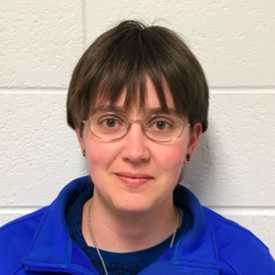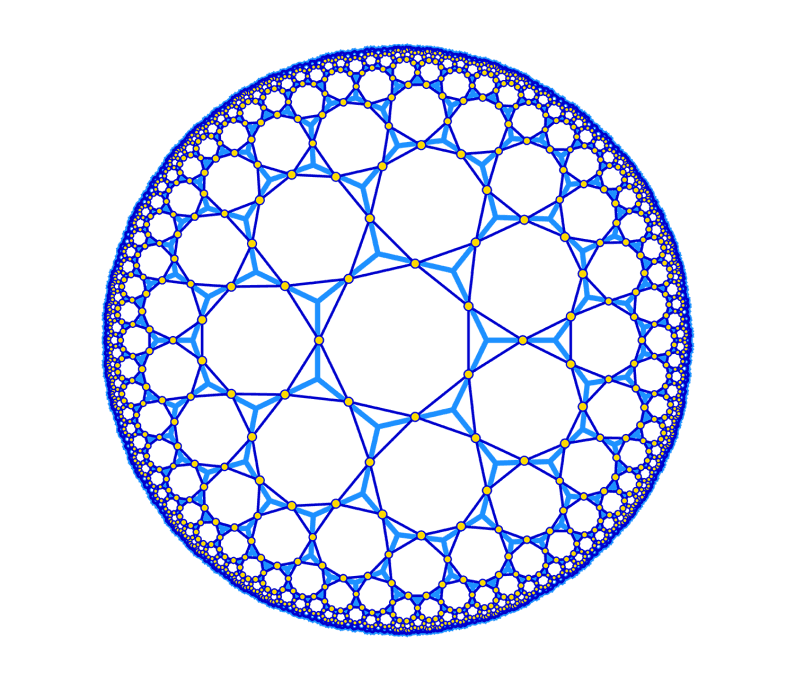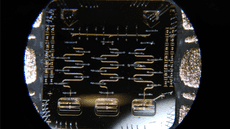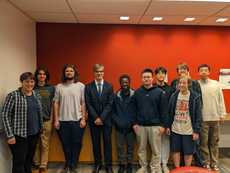The field of circuit QED has emerged as a rich platform for both quantum computation and quantum simulation. Lattices of coplanar waveguide (CPW) resonators realize artificial photonic materials in the tight-binding limit. Combined with strong qubit-photon interactions, these systems can be used to study dynamical phase transitions, many-body phenomena, and spin models in driven-dissipative systems. These waveguide cavities are uniquely deformable and can produce lattices and networks which cannot readily be obtained in other systems, including periodic lattices in a hyperbolic space of constant negative curvature, and the one-dimensional nature of CPW resonators leads to degenerate flat bands. In our lab, we build experimental implementations of these systems using superconducting circuits.




